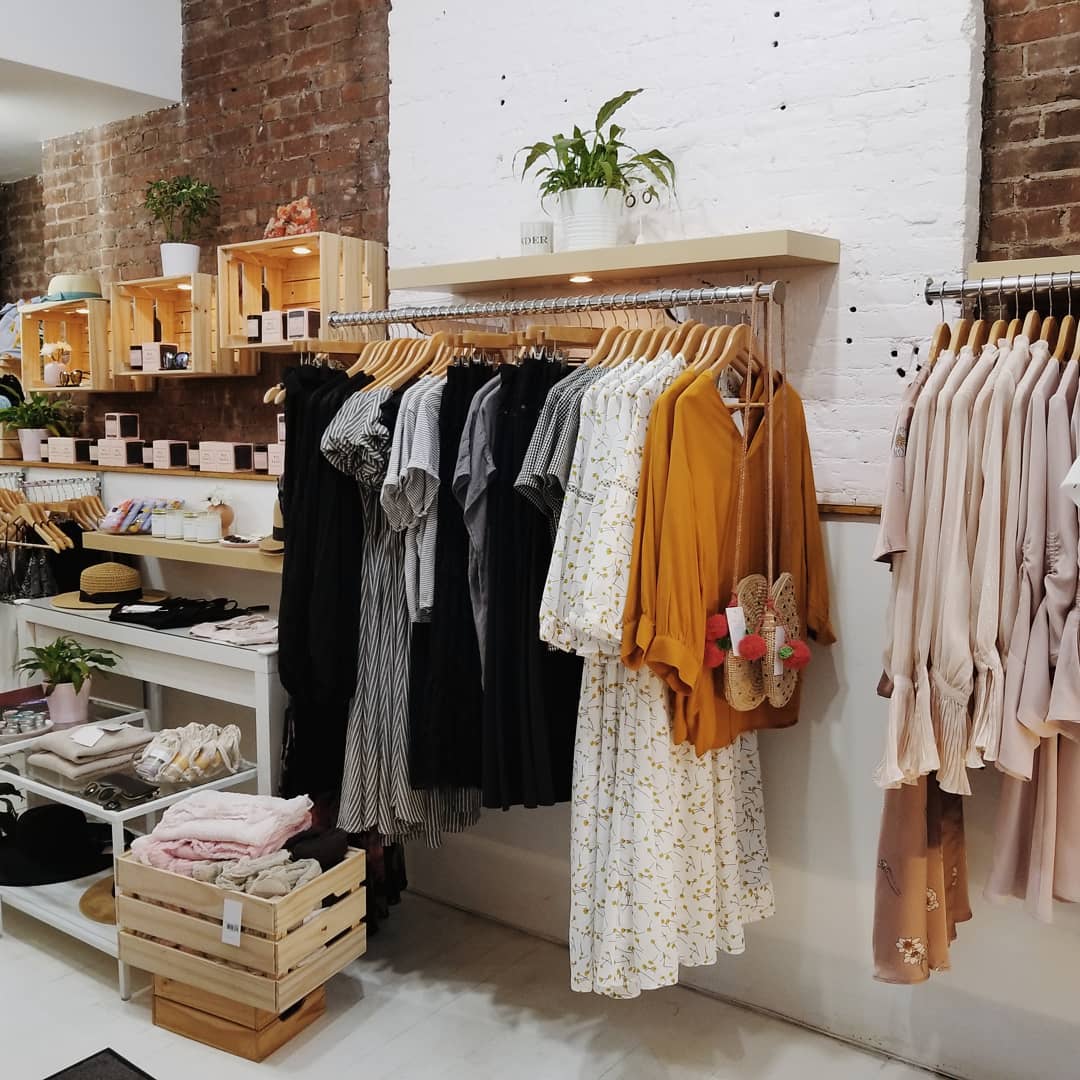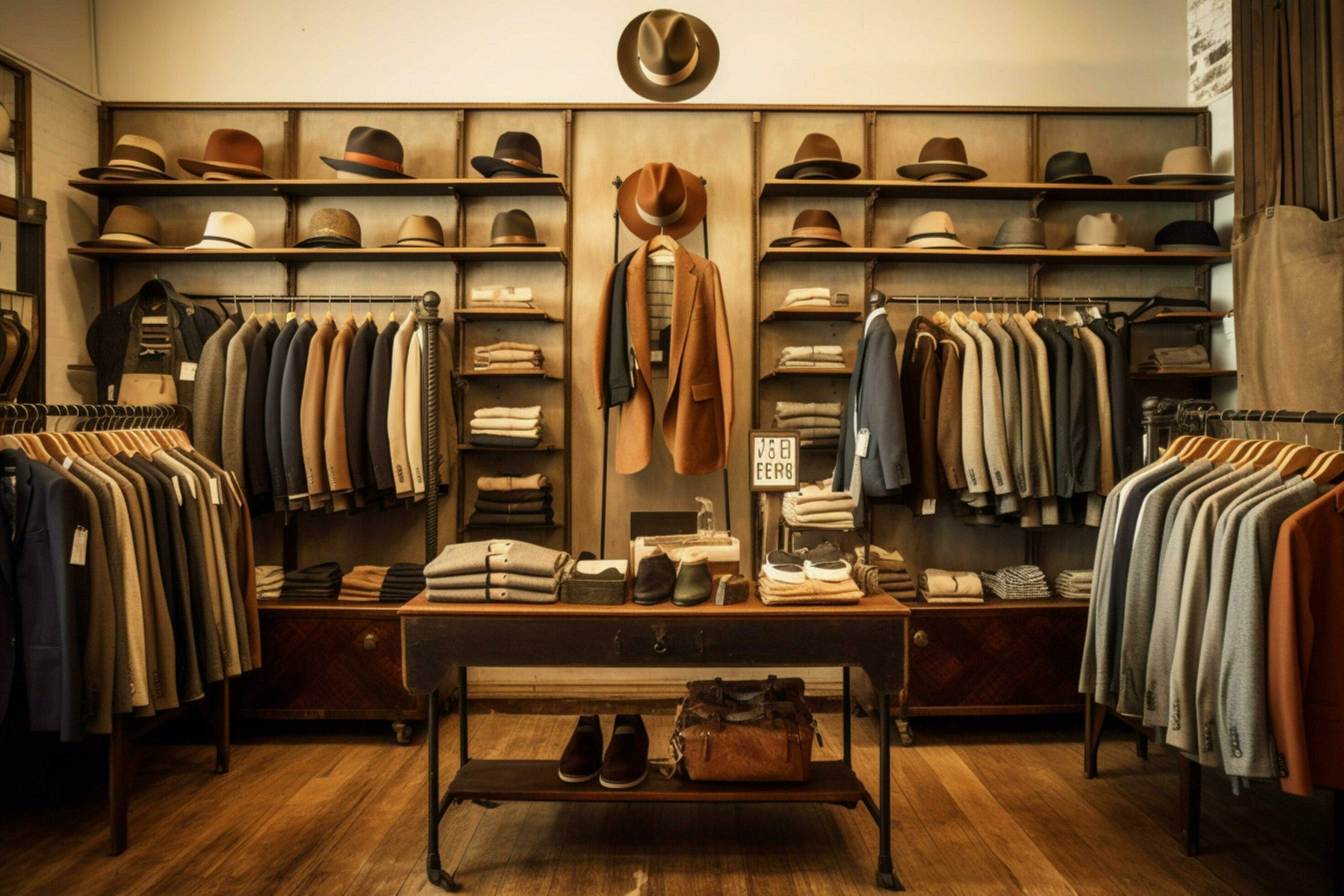Discovering the World of Lasting Boutique Fashion Brands
Discovering the World of Lasting Boutique Fashion Brands
Blog Article
A Deep Dive Into the World of High-Fashion Runways: Understanding Clothing as Art
Designers, a lot like masterful musicians, weave detailed stories through textile, form, and shade, redefining and testing standard norms elegance criteria. As we explore these sartorial spectacles, we must consider: what duty does style play in shaping social values, and exactly how does it reflect the ever-changing tapestry of human emotion and identification?
The Development of Runway Reveals
The trajectory of path programs has transformed dramatically over the decades, advancing from exclusive industry events to fascinating spectacles that mix style with art. Typically, path programs made love affairs, held in ateliers or tiny venues, mainly attended by purchasers and industry experts. These early presentations concentrated on the garments' craftsmanship and industrial viability, supplying a straight and useful screen of seasonal collections.
As the garment industry broadened, the nature of path shows began to alter. The 1970s and 1980s noted a turning point, with developers seeking to identify themselves with more staged discussions. This era saw the rise of intricate collections, choreographed versions, and thematic stories, proclaiming a brand-new age where the runway ended up being an experiential system. The programs changed into a kind of narration, where each collection communicated a distinct story or concept.
In recent times, technology and social media have actually further changed path shows, making them obtainable to a global target market. Livestreaming and digital systems have actually democratized fashion, enabling fanatics worldwide to witness these events in real-time (boutique fashion). This advancement reflects a wider cultural shift, where high-fashion paths function as a vibrant crossway of innovation, style, and performance
Designers as Enthusiast Artists
Just how have designers transcended their duties to end up being visionary artists? Designers in the high-fashion market have actually blurred the lines between useful garment development and the theoretical realm of art. This improvement is evident in the method they approach their collections, not simply as clothing but as profound expressions of identity, culture, and feeling. By accepting creative techniques such as sculpture, painting, and avant-garde setups, designers craft garments that test standard style standards and raise them to art forms.
Visionary developers draw motivation from a myriad of resources, consisting of abstract art, historic referrals, and personal narratives. They possess an one-of-a-kind ability to picture and materialize concepts that press the boundaries of conventional style, usually redefining visual standards while doing so. This innovative ingenuity is showcased with dramatic silhouettes, cutting-edge materials, and intricate workmanship, which invite audiences to experience fashion as greater than simply wearable things.
Furthermore, the runway offers as a canvas for these artists, where lights, songs, and established style coalesce to create immersive experiences. These presentations are not simply displays of garments however are coordinated performances that stimulate emotion and provoke thought, verifying the designer's function as a true artist in the contemporary social landscape.
Cultural Impacts in Fashion
Cultural tapestry weaves its intricate patterns into the material of style, affecting developers around the world. The vibrant interchange of social tales, customs, and icons notifies and influences collections that elegance high-fashion paths. Designers diligently draw from their heritage or involve with societies distinctive from their own, crafting garments that offer as visual stories. This social discussion not just enhances the visual diversity but likewise cultivates a much deeper understanding and gratitude of international identifications.
The influence of culture on fashion is typically seen in the reinterpretation of typical garments and patterns. The use of Japanese bathrobes, Indian saris, or African prints in modern fashion shows a mix of cultural credibility and modern aesthetic appeals. Developers such as Valentino's Pierpaolo Piccioli and Alexander McQueen's Sarah Burton have actually been known to incorporate rich social concepts right into their couture collections, converting background right into wearable art.

Technology in Textile and Layout
Development in material and layout consistently improves the landscape of high-fashion, pressing limits and redefining opportunities. Developers are significantly checking out the integration of modern technology, such as 3D printing, which enables for the production of intricate frameworks that were previously unbelievable.
The style market is experiencing a surge in the usage of environmentally friendly materials, derived from recycled plastics, organic fibers, and also naturally degradable components. Designers are embracing these products to craft garments that are both conscious and aesthetically striking of their environmental footprint.
In regards to layout, speculative forms and avant-garde shapes are continually transforming the runway. By integrating innovative methods and unusual materials, developers cultivate garments that obscure the line between fashion and art, setting new standards for imagination and expression in the high-fashion sphere.
Influence of Fashion on Culture
Style possesses a profound impact on culture, acting as both a reflection of cultural identification and a driver for social modification. With its advancement, fashion has mirrored societal changes, encapsulating the zeitgeist of numerous ages. For example, the flapper outfits of the 1920s embodied a newfound feeling of ladies's liberation, while the bold prints of the 1960s resembled the cutting edge spirit of the moment. High-fashion paths, particularly, act as platforms for challenging norms and redefining elegance standards. Designers use these locations to deal with pushing social problems, from sustainability to diversity, thus shaping public discourse.
Moreover, fashion has the power to bridge social spaces, cultivating understanding and admiration amongst varied teams. As globalisation speeds up, the cross-cultural exchange of style concepts becomes progressively considerable, additional resources advertising inclusivity and diversity. The increase of streetwear, originating from urban subcultures, shows just how fashion news can go beyond socio-economic limits, giving people a means of self-expression and empowerment.
Essentially, fashion is not simply concerning appearances; it is a dynamic pressure that influences worths, perspectives, and social development (boutique fashion). By continuously interacting with social and cultural currents, style continues to be an essential component of the cumulative human experience

Final Thought
High-fashion paths work as vibrant arenas where clothing goes beyond functionality to come to be an expressive art kind. Designers, akin to visionary musicians, manage collections that mirror identification, feeling, and social narratives, testing typical aesthetics. The fusion of innovative material and layout, coupled with elaborate collection styles, lighting, and songs, produces immersive experiences that celebrate cultural diversity. This crossway of fashion and creativity not only captivates target markets around the world but additionally influences societal assumptions and promotes a much deeper recognition for multiculturalism.

Social tapestry weaves its intricate patterns into the material of fashion, influencing designers around the world.Fashion wields a profound impact find more on society, serving as both a representation of social identification and a catalyst for social modification.
Report this page